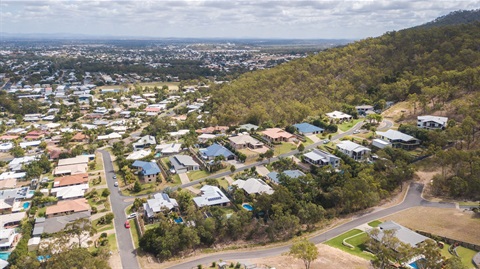Introduction
Thank you for the opportunity to give evidence and provide this opening statement to the Committee. The Insurance Council of Australia is the representative body of the general insurance industry. It does not represent the life insurance or health insurance sectors.
I am supported today by Mr Karl Sullivan, who heads the risk and operations directorate. This directorate provides oversight of the industry’s catastrophe responses. I will defer to him on areas of specialist knowledge.
Bushfires
Committee members are well aware of the immense physical, emotional and financial stress experienced by families and small businesses that were affected by last season’s bushfires.
Our latest data shows insurers have received 37,804 claims totalling
$2.34 billion.
The good news is that, despite the duration and widespread impact of the fires, and logistical and resourcing complications caused by COVID-19, insurers have successfully focused their efforts on helping their customers.
Already, almost three-quarters of 9227 residential building claims and 90 per cent of 14,106 contents claims have now been finalised. This means rebuilds are under way, repairs have been completed, belongings replaced and/or payments provided.
Removal of debris is a complicating factor in community recovery, but we are pleased clean-up programs both in Victoria and NSW have made solid progress. Once a site is cleared, a property owner is able to make a more balanced decision about rebuilding or relocating.
The bushfires make up just under half of last season’s natural disasters, with the total claims bill now more than $5.3 billion.
To further help customers through these difficult times, the industry has also brought forward vulnerability and financial hardship provisions of its new Code of Practice, and most insurers have had these in place since the beginning of July.
Insurance affordability and taxation
A key concern highlighted by the bushfires is the affordability of insurance, especially in New South Wales.
Insurers price their premiums on the risks to an individual property, so higher-risk properties attract a higher premium. Of course, premiums attract GST.
But unfortunately, all state and territory governments – with the exception of the ACT – add a stamp duty of between 9 to 11 per cent, which means households and businesses pay between 19.9 per cent and 22 per cent in tax on their insurances.
That is a direct disincentive for property owners to be insured, or have an adequate amount of cover. When they do not insure adequately, the burden falls on governments and charities to help when things go wrong in a natural disaster.
The experience in NSW is much worse. This year, insurers have to collect more than a billion dollars from their customers to fund the Emergency Services Levy in that state.
The cumulative impact of the Emergency Services Levy, GST and then state stamp duties means that households are paying about 50 per cent in taxes on their home and contents insurance, and small businesses are typically paying about 70 per cent.
It is no coincidence that NSW has the worst rate of non-insurance in Australia. Fewer properties that were damaged or destroyed in the recent bushfires had insurance in NSW compared with Victoria. Many were significantly underinsured.
Last week, David Thodey’s report into federal-state financial arrangements recommended that insurance stamp duties and the ESL be reformed, and revenue sourced from fairer and more equitable sources.
These taxes are bad for all property owners, and the pain they cause is even more heightened in low-income communities, regional areas and properties with a high risk of bushfires, storms, floods and other natural disasters.
We urge the Committee to consider the impact of taxation on the capacity of bushfire communities to properly insure and to recover after bushfires.
Land use planning and mitigation
Tens of thousands of communities in Australia are exposed to natural disasters such as bushfires.
Responsibility for bushfire prevention and mitigation falls on a range of agencies, and the ICA does not have a view as to the effectiveness of last season’s measures.
However, the industry has identified the need for improvements to land-use planning and building codes to ensure homes and businesses built in high-risk areas are more capable of withstanding the impact of extreme weather and bushfires.
The ICA has provided submissions to the natural disasters Royal Commission and other inquiries that advocate for a large increase in federal and state government funding for mitigation and resilience programs.
Where risk is reduced through these projects, insurers are willing to slash their premiums, and we have many examples where high-risk communities are paying less for insurance following government investments in mitigation.
Research
The ICA believes the Federal Government should prioritise funding for cross-sector national research that examines the drivers of natural disasters and best-practice responses.
In particular, extending the remit and the funding for the Bushfire and Natural Hazards CRC will ensure that natural hazards research continues to be actionable, user-driven and encompassing a range of views and knowledge not limited to a single sector.
We are now happy to take questions from the Committee.








